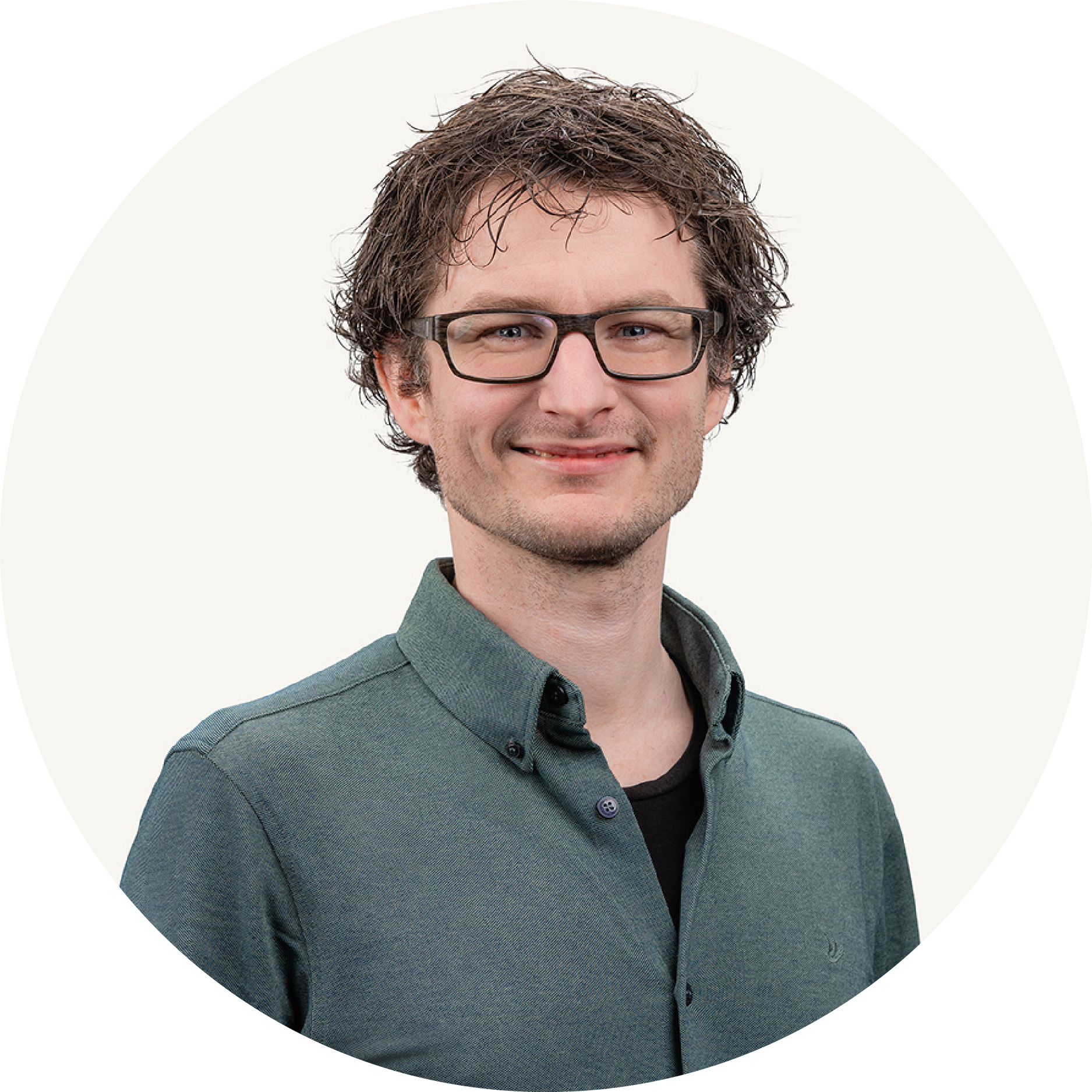CircleBIM
Innovatie in de bouwsector met BIM voor een circulaire toekomst

Jaap Snijder
BIM-Engineer & GPR-Expert

Jaap Snijder
BIM-Engineer & GPR Expert
CircleBIM
Innovatie in de bouwsector met BIM voor een circulaire toekomst
For English, see below.
Innovatie is cruciaal om publieke bouwprojecten efficiënter, duurzamer en circulair te maken. Het Europese project CircleBIM, gesteund door het Interreg North Sea Programme, richt zich op het doorbreken van traditionele sectorgrenzen en belemmerende regelgeving in de bouwsector. Dit gebeurt door intensieve, grensoverschrijdende samenwerking in zes lokale circulaire bouwpartnerschappen (LCCPs) verspreid over België, Duitsland, Denemarken, Frankrijk, Nederland en Zweden.
Doelstellingen van CircleBIM
CircleBIM wil de efficiëntie in bouwprocessen vergroten en een circulaire economie stimuleren door gebruik te maken van Building Information Management (BIM). BIM maakt het mogelijk om complexe informatiestromen te structureren en meerdere partijen integraal te betrekken bij circulaire bouwprojecten. Dit leidt tot meer innovatie, regionale samenwerking en een blijvende beleidsimpact. CircleBIM zal daarbij ook zeven regionale strategische actieplannen ontwikkelen om de innovatie-ecosystemen te versterken.
Rol van Buro De Haan in CircleBIM
Als ervaren partner in bouwinnovatie en duurzaamheid brengt Buro De Haan, met bedrijven uit de Beter Bouwen Groep, haar brede expertise in BIM, circulair bouwen en integraal ontwerpen in binnen het CircleBIM-project. Door actieve deelname aan het Nederlandse LCCP draagt Buro De Haan bij aan innovatieve pilotprojecten en de uitwisseling van kennis op internationaal niveau. Hiermee ondersteunt het bureau niet alleen de implementatie van circulaire bouwpraktijken maar speelt het ook een sleutelrol in het versterken van regionale en internationale samenwerking.
Resultaten en ambities
CircleBIM richt zich op tastbare resultaten, waaronder een brede toepassing van BIM als katalysator voor circulaire bouwmethoden, verbeterde samenwerking tussen publieke en private partijen, en een praktische aanpak voor regionale en internationale kennisdeling. Het uiteindelijke doel is om deze kennis breed toegankelijk te maken en een duurzame, circulaire transitie binnen de gehele bouwsector te stimuleren.

Dit project ontvangt financiële steun van het Interreg North Sea Programme.
CircleBIM: Innovation in the Construction Sector with BIM for a Circular Future
Innovation is essential to make public construction projects more efficient, sustainable, and circular. The European project CircleBIM, supported by the Interreg North Sea Programme, focuses on breaking down traditional sector boundaries and restrictive regulations in the construction industry. This is achieved through intensive, cross-border collaboration within six Local Circular Construction Partnerships (LCCPs) spread across Belgium, Germany, Denmark, France, the Netherlands, and Sweden.
Goals of CircleBIM
CircleBIM aims to increase efficiency in construction processes and promote a circular economy through the use of Building Information Management (BIM). BIM enables the structuring of complex information flows and the integrated involvement of multiple stakeholders in circular construction projects. This leads to greater innovation, regional collaboration, and lasting policy impact. CircleBIM will also develop seven regional strategic action plans to strengthen innovation ecosystems.
Role of Buro De Haan in CircleBIM
As an experienced partner in construction innovation and sustainability, Buro De Haan, together with companies from the Beter Bouwen Groep, contributes its broad expertise in BIM, circular construction, and integrated design to the CircleBIM project. By actively participating in the Dutch LCCP, Buro De Haan contributes to innovative pilot projects and the international exchange of knowledge. In doing so, the firm not only supports the implementation of circular construction practices but also plays a key role in enhancing regional and international cooperation.
Results and Ambitions
CircleBIM focuses on tangible outcomes, including the widespread use of BIM as a catalyst for circular construction methods, improved collaboration between public and private parties, and a practical approach to regional and international knowledge sharing. The ultimate goal is to make this knowledge widely accessible and to stimulate a sustainable, circular transition across the entire construction sector.


